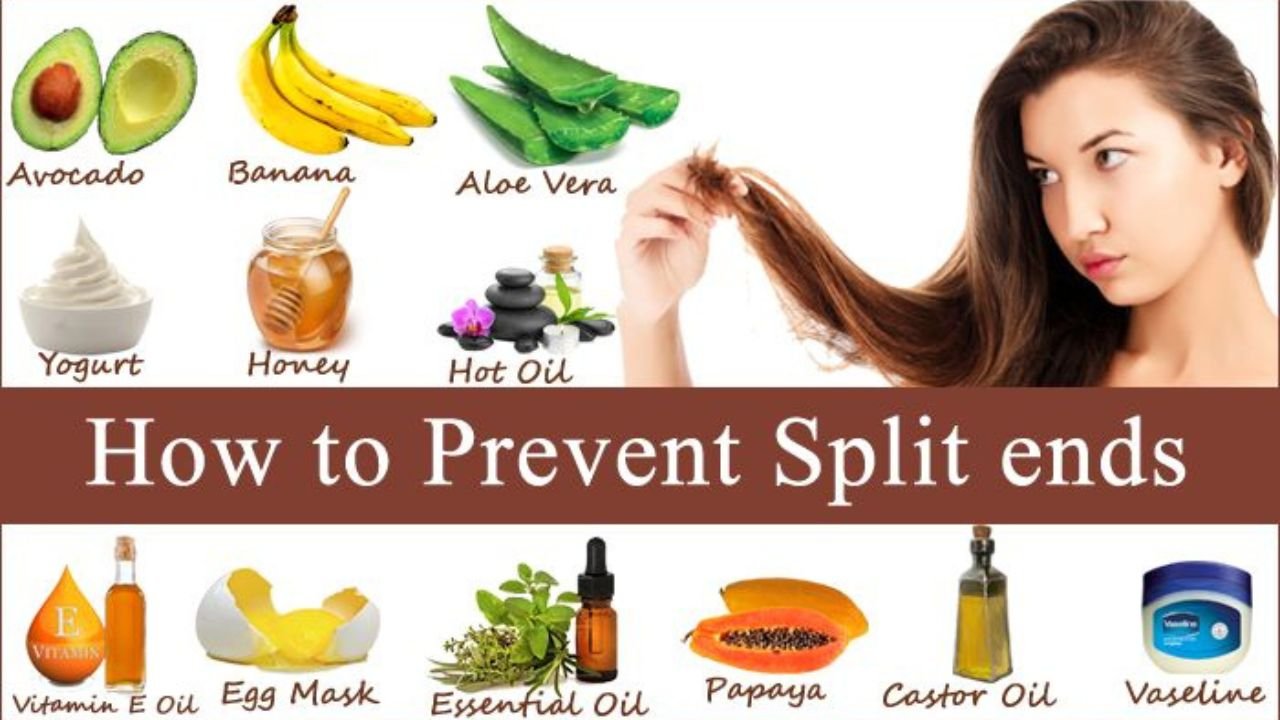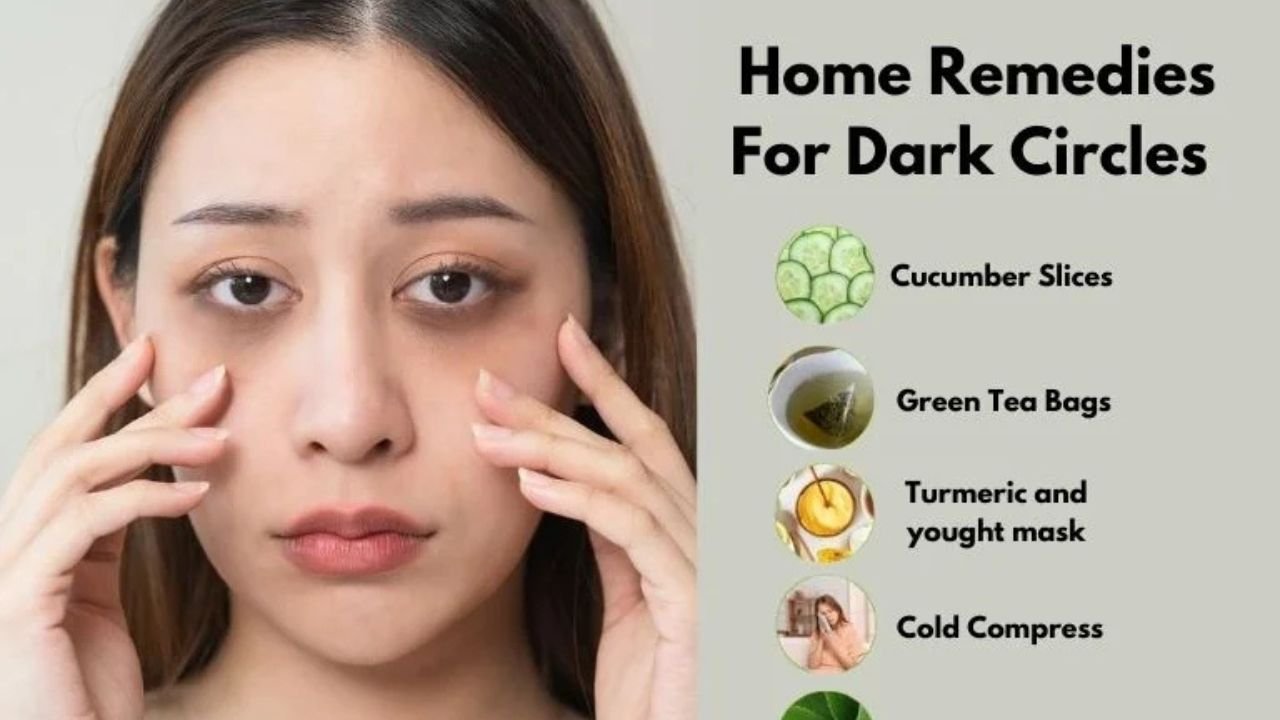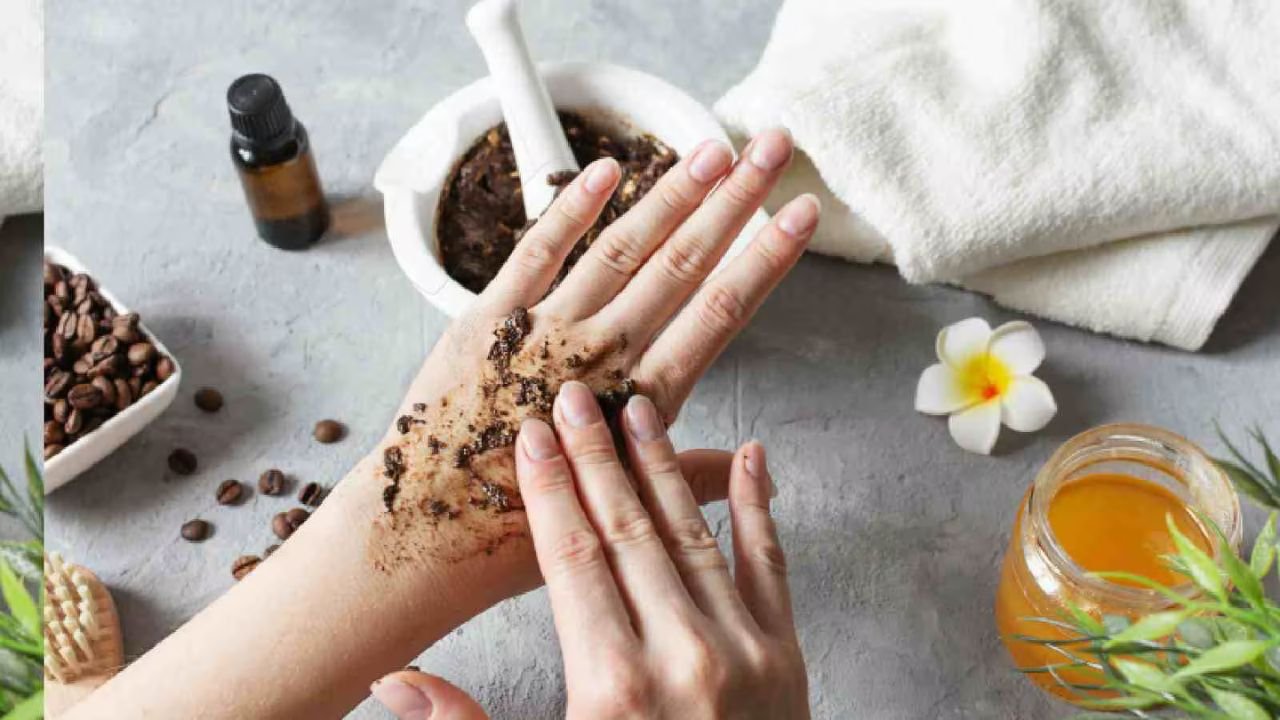How To Get Rid Of Split Ends Hair Naturally At Home

Split ends are one of the most common hair problems faced by people of all hair types and textures. They occur when the protective outer layer of hair cuticles wears away because of damage from external factors or internal issues, causing the hair strands to split into two or more parts. While trimming is the only definitive way to completely remove split ends, many individuals prefer natural methods to prevent, minimize, or temporarily manage them at home.
In this comprehensive guide, we will explore everything you need to know about split ends—what causes them, how to prevent them, and most importantly, how to treat and reduce their appearance naturally at home.
Understanding Split Ends
What Are Split Ends?
Split ends, medically known as trichoptilosis, occur when the hair shaft becomes damaged, leading to the separation of the hair cuticle into two or more frayed sections. This damage usually starts at the tip of the hair strand and progresses upward if not addressed.
Why Do Split Ends Occur?
Several factors contribute to the formation of split ends:
- Mechanical Damage: Excessive brushing, combing, or rough handling.
- Heat Styling: Frequent use of flat irons, curling wands, and blow dryers.
- Chemical Treatments: Coloring, bleaching, perming, and relaxing weaken the hair.
- Environmental Factors: Exposure to sun, wind, pollution, and harsh weather.
- Poor Hair Care Habits: Over-washing, using harsh shampoos, and neglecting conditioning.
- Nutritional Deficiencies: Lack of essential nutrients like vitamins and minerals.
- Underlying Hair Damage: From underlying health conditions or medication.
How To Prevent Split Ends Naturally
Prevention is always better than cure. While you can’t completely eliminate the possibility of split ends, adopting healthy hair habits can significantly reduce their occurrence.
1. Regular Trimming
Although trimming doesn’t repair existing split ends, it prevents the damage from traveling further up the hair shaft. Schedule trims every 6-8 weeks or as needed.
2. Gentle Hair Handling
- Avoid aggressive brushing or combing.
- Use wide-tooth combs to detangle hair gently.
- Detangle hair when damp, not when dry, to prevent breakage.
3. Use Mild, Sulfate-Free Hair Products
- Choose shampoos and conditioners suitable for your hair type.
- Avoid products with harsh chemicals that strip natural oils.
4. Incorporate Regular Deep Conditioning
- Use natural hair masks weekly to nourish and strengthen hair.
- Focus on moisturizing and sealing cuticles.
5. Limit Heat Styling
- Minimize use of heat tools.
- Always apply a heat protectant before styling.
- Use the lowest effective heat setting.
6. Protect Hair From Environmental Damage
- Wear hats or scarves in harsh weather.
- Use UV protectant sprays when exposed to strong sunlight.
7. Avoid Over-Washing
- Wash hair 2-3 times a week or as needed.
- Over-washing strips natural oils, leading to dryness and damage.
8. Maintain a Healthy Diet
- Consume foods rich in vitamins A, C, D, E, biotin, zinc, and omega-3 fatty acids to promote healthy hair growth.
9. Avoid Tight Hairstyles
- Tight ponytails, braids, or buns can cause tension and breakage.
Natural Home Remedies to Get Rid of Split Ends
While natural remedies can’t completely repair existing split ends, they can help improve hair strength, reduce frizz, and make the ends less noticeable. Here are effective natural treatments you can try at home:
1. Coconut Oil Deep Conditioning
Benefits: Nourishes hair, penetrates the shaft, reduces breakage, and smooths frayed ends.
How to Use:
- Warm a few tablespoons of virgin coconut oil.
- Massage into your scalp and hair strands, focusing on the ends.
- Cover with a shower cap or towel.
- Leave on for 1-2 hours or overnight.
- Wash thoroughly with mild shampoo.
Frequency: Once a week.
2. Castor Oil and Olive Oil Mix
Benefits: Rich in fatty acids, promotes hair strength, and reduces split end appearance.
How to Use:
- Mix equal parts of castor oil and olive oil.
- Warm slightly and massage into hair ends.
- Leave for at least 30 minutes.
- Rinse with mild shampoo.
Tip: For better absorption, try applying before bed and washing in the morning.
3. Aloe Vera Gel
Benefits: Moisturizes hair, soothes scalp, and strengthens hair strands.
How to Use:
- Extract fresh aloe vera gel.
- Apply directly to damp hair, focusing on the ends.
- Leave for 30-60 minutes.
- Rinse with cool water or shampoo.
Frequency: 2-3 times weekly.
4. Egg Mask
Benefits: Rich in protein, keratin, and biotin, helps repair and strengthen damaged hair.
How to Use:
- Beat 1-2 eggs until smooth.
- Mix with 1 tablespoon of olive or coconut oil.
- Apply to hair, especially the ends.
- Cover with a shower cap.
- Leave for 20-30 minutes.
- Rinse with cool water and shampoo.
Note: Use cool water to prevent cooking the egg.
5. Honey and Olive Oil Treatment
Benefits: Honey is a humectant and natural moisturizer, while olive oil nourishes hair.
How to Use:
- Mix 2 tablespoons honey with 2 tablespoons olive oil.
- Warm slightly and apply to hair ends.
- Cover and leave for 30 minutes.
- Wash with mild shampoo.
6. Apple Cider Vinegar Rinse
Benefits: Restores scalp pH, smooths cuticles, and reduces frizz.
How to Use:
- Mix 2-3 tablespoons of apple cider vinegar with 1 cup of water.
- After shampooing, pour over hair as a final rinse.
- Leave for a few minutes and rinse with water.
Frequency: Once a week.
7. Avocado Mask
Benefits: Rich in vitamins A, E, and healthy fats, deeply nourishes hair.
How to Use:
- Mash 1 ripe avocado.
- Add 1 tablespoon olive or coconut oil.
- Apply to hair ends and lengths.
- Leave for 30 minutes.
- Rinse thoroughly with shampoo.
Additional Tips for Reducing Split Ends
- Avoid Over-Brushing: Use gentle strokes and avoid brushing wet hair.
- Use Silk or Satin Pillowcases: Reduce friction that causes breakage.
- Limit Chemical Treatments: Minimize coloring, bleaching, and chemical relaxers.
- Stay Hydrated: Drink plenty of water for overall hair health.
- Supplements: Consider biotin, collagen, or multivitamins after consulting a healthcare provider.
- Avoid Harsh Hair Accessories: Use soft elastics or fabric-covered bands.
When to See a Professional
While natural remedies and good habits can improve hair health and reduce the appearance of split ends, they cannot repair existing splits once the hair is damaged. The only definitive way to eliminate split ends is by trimming.
Seek professional help if:
- Your hair is severely damaged or breaking.
- You notice scalp issues or hair loss.
- You want a professional deep conditioning treatment or haircut.
Final Thoughts
Getting rid of split ends naturally at home is largely about prevention, strengthening, and managing damage. Incorporating healthy hair care habits and natural treatments can significantly improve the overall condition of your hair, making split ends less noticeable and reducing their formation over time.
Remember, patience and consistency are key. While natural remedies can help improve hair health, regular trims are essential to keep your hair looking its best and free from split ends.


